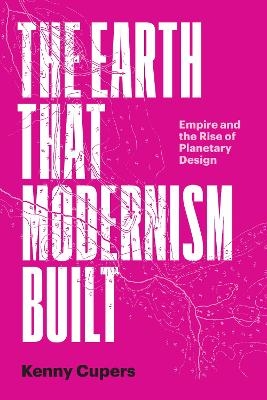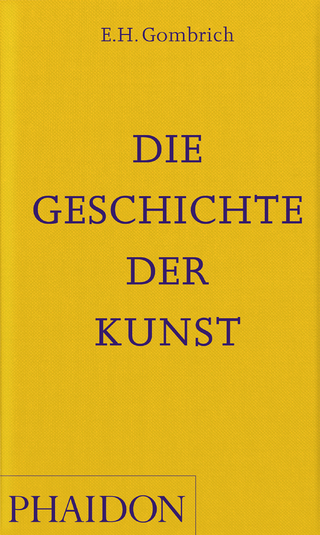
The Earth That Modernism Built
University of Texas Press (Verlag)
978-1-4773-2981-8 (ISBN)
- Lieferbar (Termin unbekannt)
- Versandkostenfrei innerhalb Deutschlands
- Auch auf Rechnung
- Verfügbarkeit in der Filiale vor Ort prüfen
- Artikel merken
An intellectual history of architectural modernism for an age of rising global inequality and environmental crisis.
The Earth That Modernism Built traces the rise of planetary design to an imperialist discourse about the influence of the earthly environment on humanity. Kenny Cupers argues that to understand how the earth became an object of design, we need to radically shift the terms of analysis. Rather than describing how new design ideas and practices traveled and transformed people and places across the globe, this book interrogates the politics of life and earth underpinning this process. It demonstrates how approaches to modern housing, landscape design, and infrastructure planning are indebted to an understanding of planetary and human ecology fueled by settler colonialism and imperial ambition.
Cupers draws from both canonical and unknown sources and archives in Germany, Namibia, and Poland to situate Wilhelmine and Weimar design projects in an expansive discourse about the relationship between soil, settlement, and race. This reframing reveals connections between colonial officials planning agricultural hinterlands, garden designers proselytizing geopolitical theory, soil researchers turning to folklore, and Bauhaus architects designing modern communities according to functionalist principles. Ultimately, The Earth That Modernism Built shows how the conviction that we can design our way out of environmental crisis is bound to exploitative and divisive ways of inhabiting the earth.
Kenny Cupers is a professor of architectural history and urban studies and co-founder of the Critical Urbanisms program at the University of Basel. He is the author of The Social Project: Housing Postwar France and co-editor of Neoliberalism on the Ground: Archutecture and Transformation from the 1960s to the Present.
List of Illustrations
Introduction: The Earth as an Object of Design
From Determinism to Determination
Earth-Boundedness as (Anti-)Modernism
Geopower and Biopower
Deployments of Settlement
Racializing the Rural
A Constellation of Relationships
Chapter 1: Rooting Life in Land
Settlement between Colonialism and Reform
Theorizing Cultivation as Colonization
Designing Earth-Boundedness
Conflicts and Failures of Transplantation
Earth-Boundedness in the Wake of Genocide
Chapter 2: Arts and Technics of Internal Colonialism
Nativizing the Farmhouse
Reading Landscape, Making Race
Biopolitics of the Vernacular
Designing Colonial Order
Building Logistics and Imperial Regionalism
Chapter 3: Technifying the Soil, Designing the Human
From Soil Science to Social Order
Urban Gardening as Domestic Colonization
Grounding Biological Functionalism
Chapter 4: Infrastructure as Planetary Design
Empire’s Technological Nature
Design and Geopolitics, a Wartime Alliance
Geopolitics after Empire?
World Order by Design
Engineering Continents to Uphold Supremacy
Infrastructural Specters
Epilogue: Spaceship Earth
Acknowledgments
Notes
Index
| Erscheinungsdatum | 31.12.2024 |
|---|---|
| Reihe/Serie | Lateral Exchanges: Architecture, Urban Development, and Transnational Practices |
| Zusatzinfo | 130 b&w illustrations |
| Verlagsort | Austin, TX |
| Sprache | englisch |
| Maße | 152 x 229 mm |
| Gewicht | 454 g |
| Themenwelt | Kunst / Musik / Theater ► Kunstgeschichte / Kunststile |
| Technik ► Architektur | |
| ISBN-10 | 1-4773-2981-1 / 1477329811 |
| ISBN-13 | 978-1-4773-2981-8 / 9781477329818 |
| Zustand | Neuware |
| Informationen gemäß Produktsicherheitsverordnung (GPSR) | |
| Haben Sie eine Frage zum Produkt? |
aus dem Bereich


